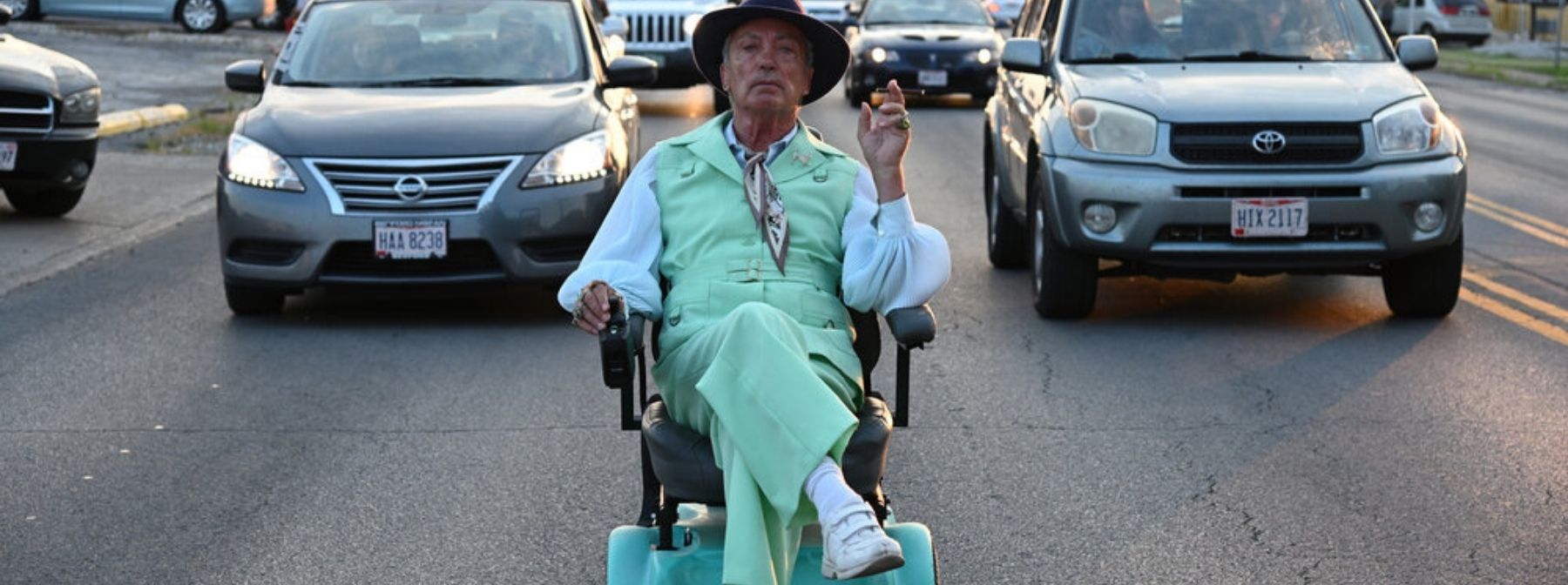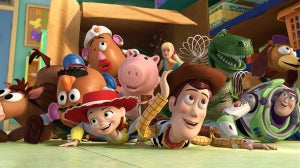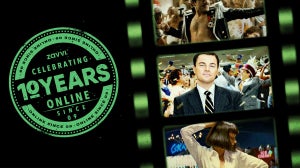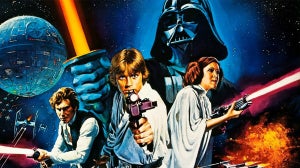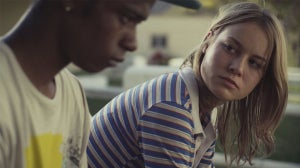
“Gene reminded me of the real Pat and not just because he looked like him. His take on Willy Wonka always felt like a queer character to me, this big outrageous dandy with a distinctive sense of style. I felt like it could have been Gene’s swan song, to come back and play that part.
“I’m not someone who thinks that every queer role has to be played by a queer actor, but over time it just made more sense to cast one. I wanted to not have to explain the queer club life, how it feels to have lived through the AIDS crisis, and lose half your friends. I needed someone who would be able to quietly convey that loss, which is what Udo did.”
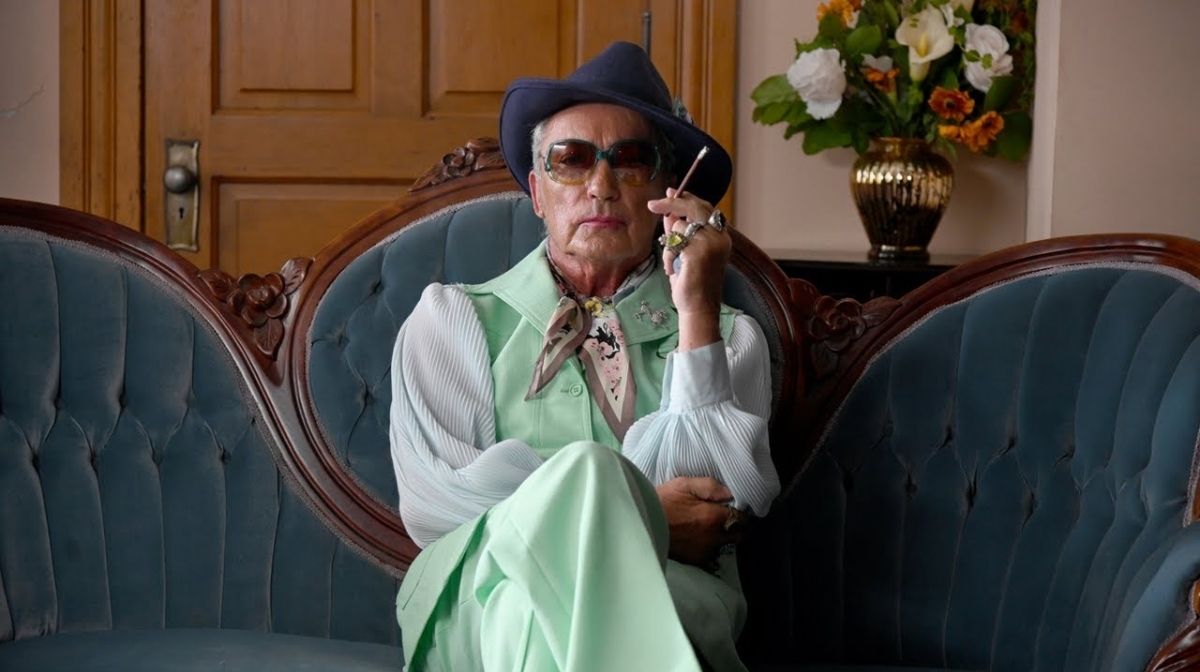
Kier plays a fictitious creation based on Mr. Pat, an older gay man Stephens met as a 17-year-old in his small Ohio town when he visited a gay bar for the first time.
Against this conservative background, he saw a man who rejected that conformity: “He was Quentin Crisp meets Liberace, it was so uncommon to see someone so comfortable with their queerness at that time.”
Mr. Pat had a “profound effect” on Stephens who has spent his years since trying to write a film in tribute to him. His debut feature, Edge Of Seventeen, was a personal account of his own coming out, but he couldn’t find the right actor to play a role inspired by Pat, so he changed the character entirely.
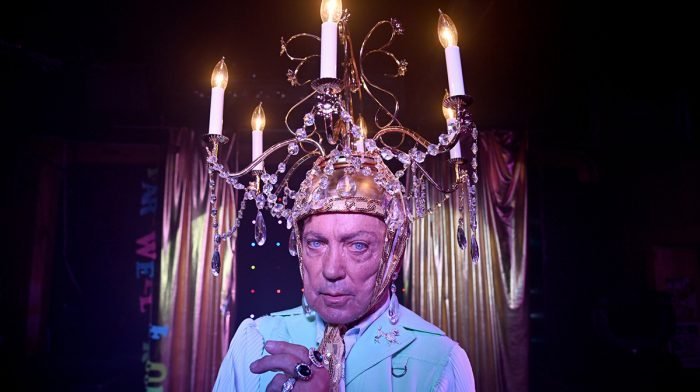
Now he’s finally achieved that goal with Swan Song, a tale of a retired hairdresser who returns for one last job: styling the hair of a former client in time for her funeral. While much of the story is fictitious, little details about Pat made their way in including his habit of stealing napkins, only to intricately refold them into unusual shapes.
Stephens started writing the screenplay in 2015, with Kier signing on a year before shooting. The cult actor helped raise money for the film, aiding the director in making a Kickstarter video: “We shot at his house with him looking at the camera begging for money.”
This helped the pair form a close friendship before cameras rolled, as Stephens says: “We really knew and trusted each other.”
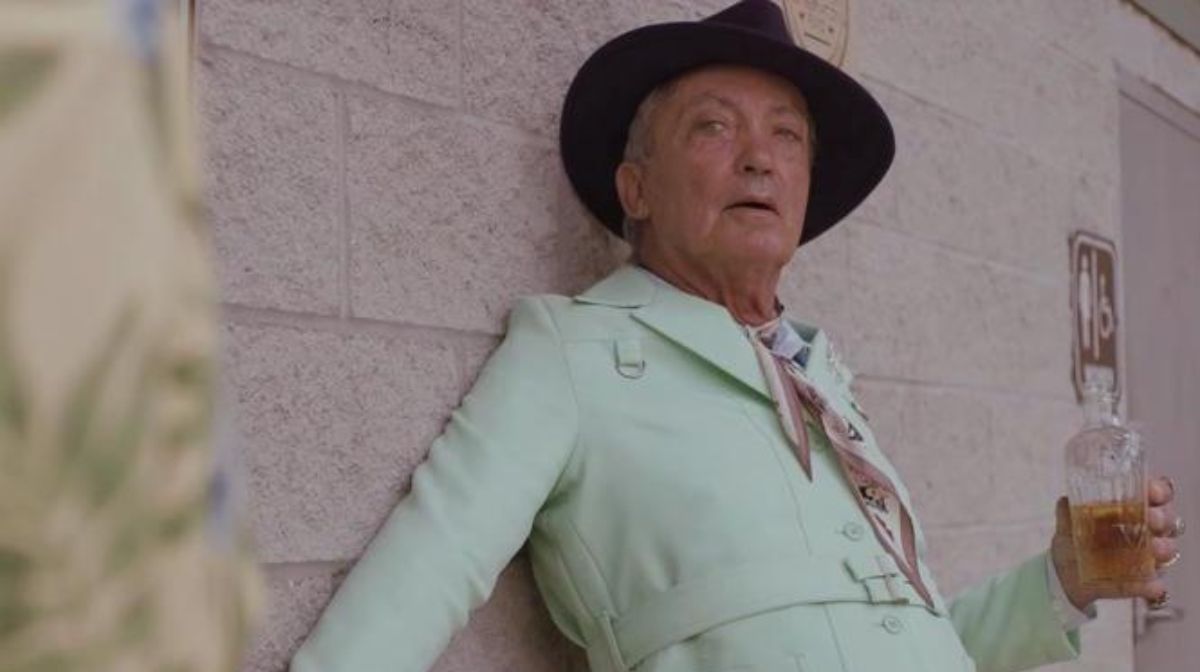
Raising the money was challenging: “The Kickstarter campaign was nerve-wracking; I was close to giving up so many times because trying to make films with older protagonists is hard enough as it is. Raising money for one focused on an older queer character is even harder - of the films I’ve directed, this was the most difficult to get made.”
This ageism is subtly commented on in the film, through Pat’s relationship with Gabriel (Thom Hilton), the younger bartender who works at the soon-to-close gay bar where Pat performed decades earlier. Gabriel seems deeply uninterested by Pat’s history of the once thriving queer community in the town, reflecting something that Stephens sees elsewhere.
“I don’t want to generalise, but there is often ageism in the gay community. When I came out, older people were the custodians of the culture – they taught us sayings, traditions, recommended us films.

"But there’s no passing of the torch in a similar way now: for Gabriel, the community has disappeared because the queer community has increasingly fragmented. We’re now at a full disconnect.
"But at the same time, I wanted to ensure the message wasn’t just ‘younger gays care too much about their phones to learn their history’.”
With the rise of anti-LGBTQ legislation across America, with the recent law dubbed the ‘don’t say gay bill’ effectively prohibiting children from learning about queer people in several states, Stephens hopes that these community minded spaces can have a resurgence and bring the LGBTQ family back together.

“I think that it’s easy for us to forget where we’ve come from and that just because we win rights, it doesn’t mean we’re going to have them forever. We can’t just assimilate and hope everything’s fine as we know that can be a dangerous place, so I hope these queer safe spaces can stay alive.”
At the same time, Swan Song pushes back at negative stereotypes of small-town America being a hotbed of prejudice, with Stephens aiming to show a “transformation in attitude” since he grew up. There’s no wonder he’s dubbed it the final entry in his personal ‘Ohio Trilogy’ of movies, which document the changing face of gay life in the state.
“I moved away from there when I was 17 and when I went back to shoot my first feature, it was a shock as I forgot how racist and homophobic the place could be. But returning to make Swan Song, there were Pride flags on the street, the third annual Gay Pride festival, and a progressive government in place.
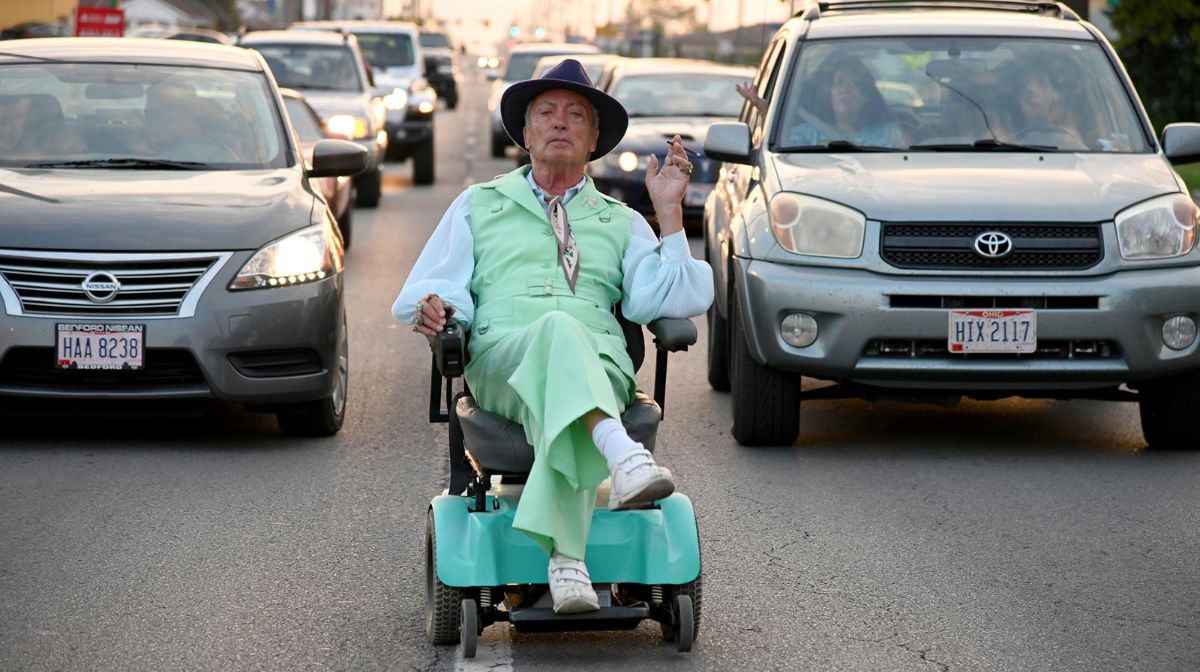
"It’s come a long way in 20 years and that made me proud – it gives me hope for the future of other small towns in the country.”
Although his Ohio Trilogy is now closing out, Stephens is working on another semi-autobiographical tale, titled Ode To Boy, about his experiences returning to the state to make his debut feature. But for now, we have Swan Song, a Pride Month treat that is equal parts camp and melancholic.
Come for Udo Kier busting some moves to Robyn’s Dancing On My Own, stay for a heartfelt study of the older queer generation.
This article originally appeared in the June 2022 edition of The Lowdown. Read the full issue here.
For all things pop culture, follow us on Facebook, Instagram, Twitter, and TikTok.

